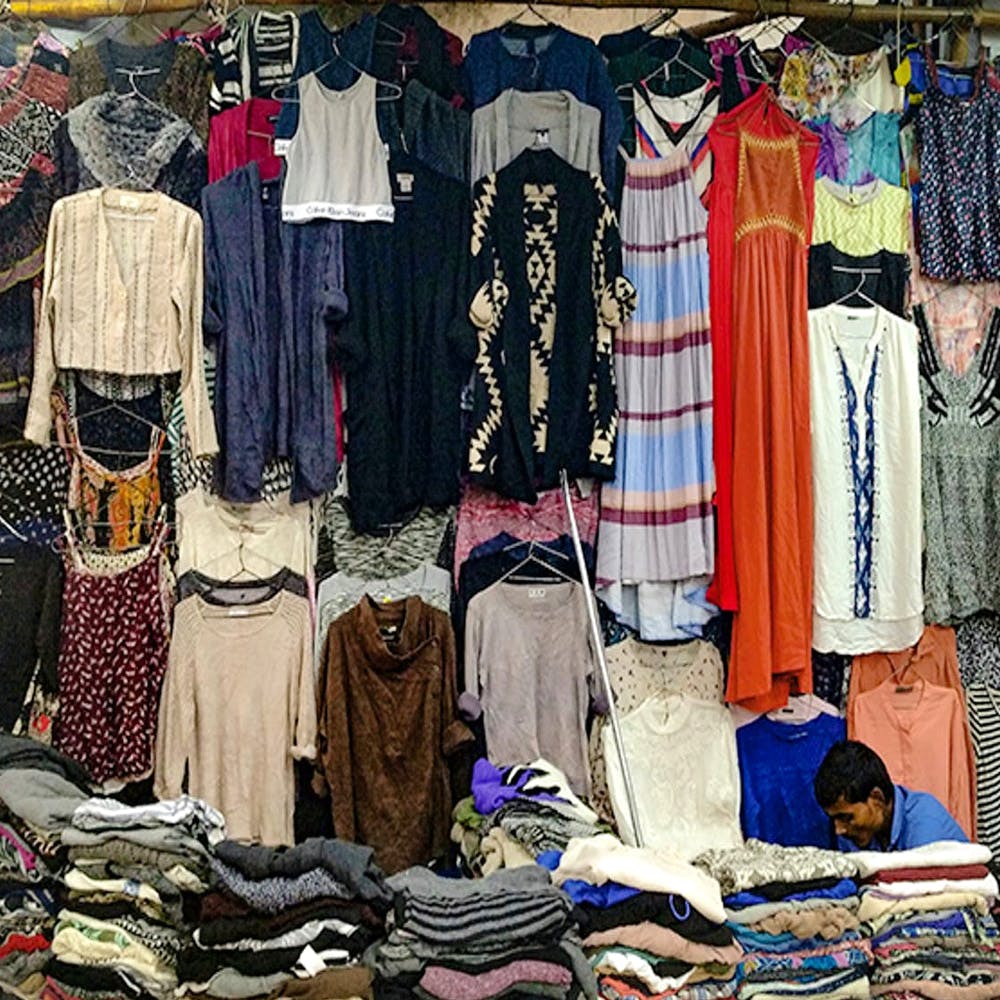Your cart is currently empty!

Rising Thrift Culture in Northeast India: A Sustainable Fashion Movement
The thrift culture has taken Northeast India by storm, becoming a sustainable and creative outlet for many young people. As part of a larger global movement toward conscious consumerism, thrift culture has seen rapid growth in recent years, particularly among millennials and Gen Z. This trend aligns with the region’s long-standing traditions of craftsmanship and eco-friendly practices, making it a natural fit for the culturally rich and diverse Northeast. But what exactly is driving this rise, and what impact does it have on society, the environment, and the region’s economic landscape?
What is Thrift Culture?
Thrift culture is a lifestyle choice that involves buying secondhand or pre-loved clothing and goods instead of new ones. Thrift stores, vintage shops, and online thrift pages are flourishing in the region, often run by young entrepreneurs who curate unique and quality pieces. People drawn to thrift culture are motivated by various factors: a desire to reduce waste, save money, express their individuality, and support small businesses. For the youth in Northeast India, thrifting offers both an ethical alternative to fast fashion and a way to access stylish, affordable clothing.
Roots of Thrift Culture in the Northeast
Northeast India has always had a close relationship with nature, and many communities in the region have historically practiced eco-friendly habits. For example, traditional handloom weaving, which is widespread across the Northeast, exemplifies sustainable and slow fashion. Thrift culture aligns well with these values, as it minimizes waste and promotes the reuse of existing resources rather than creating new ones.
Additionally, the multicultural background of the Northeast has fostered a strong sense of individualism and personal expression. Thrifting provides an avenue to explore diverse fashion styles without the restrictions of mainstream fashion trends, which often don’t account for the unique cultural influences found in the region.
Social Media’s Role in Spreading Thrift Culture
Social media platforms, especially Instagram, have played a pivotal role in the spread of thrift culture in the Northeast. Many young people have set up online thrift stores, often starting with clothes from their own wardrobes or sourcing pieces locally. Thrift entrepreneurs use social media to display their collections, organize sales, and connect with customers directly. The visual appeal of thrift stores on Instagram, combined with the rise of influencer culture, has made thrifted clothing look aspirational and trendy.
Pages like “Thrift Stories Northeast” and “Naga Thrift” have gained popularity, showcasing handpicked items that reflect unique regional styles. These accounts also engage with their audiences on sustainability topics, creating awareness about the environmental benefits of thrifting over fast fashion.
Environmental and Ethical Impacts
Fast fashion, a system that promotes the rapid production and consumption of inexpensive clothing, has a significant environmental toll. The fashion industry is one of the largest polluters globally, with high carbon emissions, water consumption, and textile waste. In contrast, thrift culture reduces the demand for new products, thereby lowering the strain on resources.
Buying secondhand also extends the life cycle of garments, preventing them from ending up in landfills. This aspect of thrift culture resonates with many young people in the Northeast, who are becoming increasingly environmentally conscious and eager to reduce their ecological footprint.
Economic and Social Benefits
Thrift culture has opened new avenues for entrepreneurship in the Northeast, providing young people with opportunities to build their own businesses. In an area where job opportunities are limited, especially for creative fields, thrifting has become a viable career option. Entrepreneurs who run thrift pages not only support themselves but also contribute to the local economy by creating employment and supporting regional artisans and suppliers.
Moreover, the community-centered approach of thrift culture fosters inclusivity and collaboration. Many thrift stores hold events or pop-up sales that bring people together, building a sense of community around shared values of sustainability and ethical consumerism. This community aspect is particularly significant in the Northeast, where collectivism and mutual support are integral to the way of life.
Challenges and the Way Forward
While thrift culture has gained momentum, it faces challenges as well. The idea of secondhand clothing is still associated with social stigma in some circles, particularly among older generations. There’s also the challenge of maintaining quality, as not all thrifted items are in pristine condition, and finding high-quality pieces can be time-consuming.
However, the younger generation’s enthusiasm for thrift culture is helping to shift perceptions, making secondhand shopping a trend that is fashionable and forward-thinking. To build on this momentum, local governments and non-governmental organizations could support thrift entrepreneurs by providing resources, training, and infrastructure, allowing this sector to flourish further.
